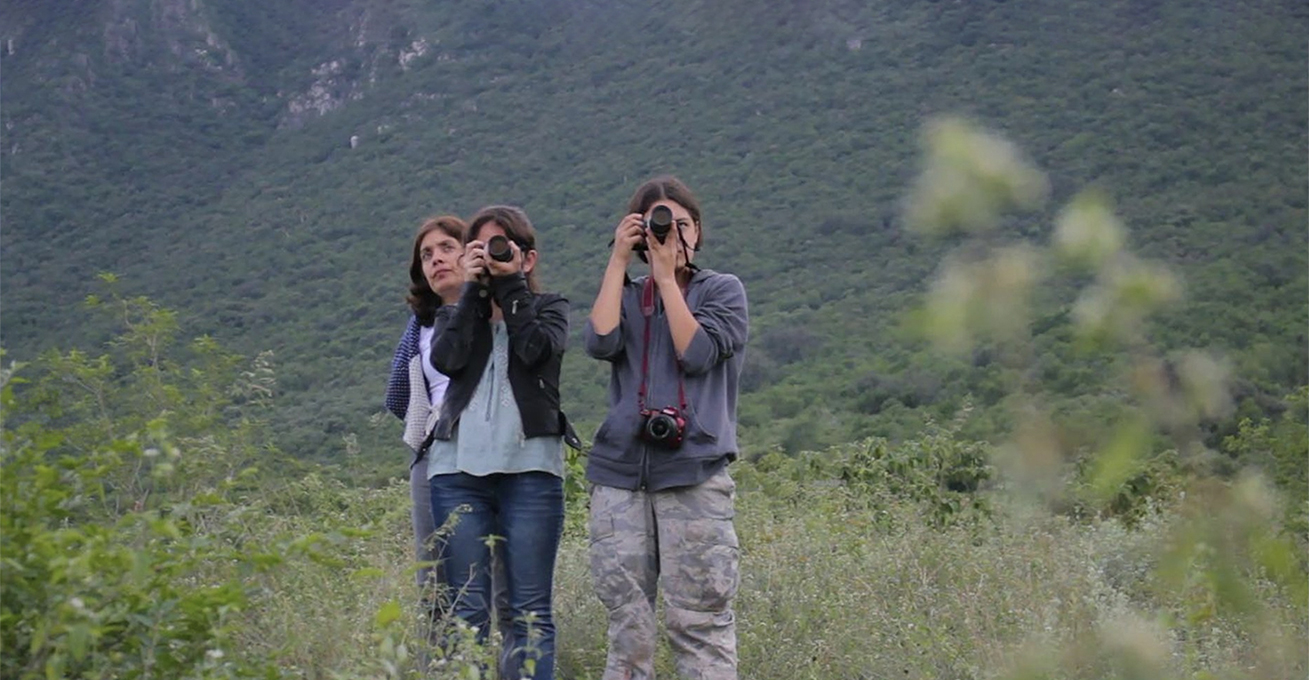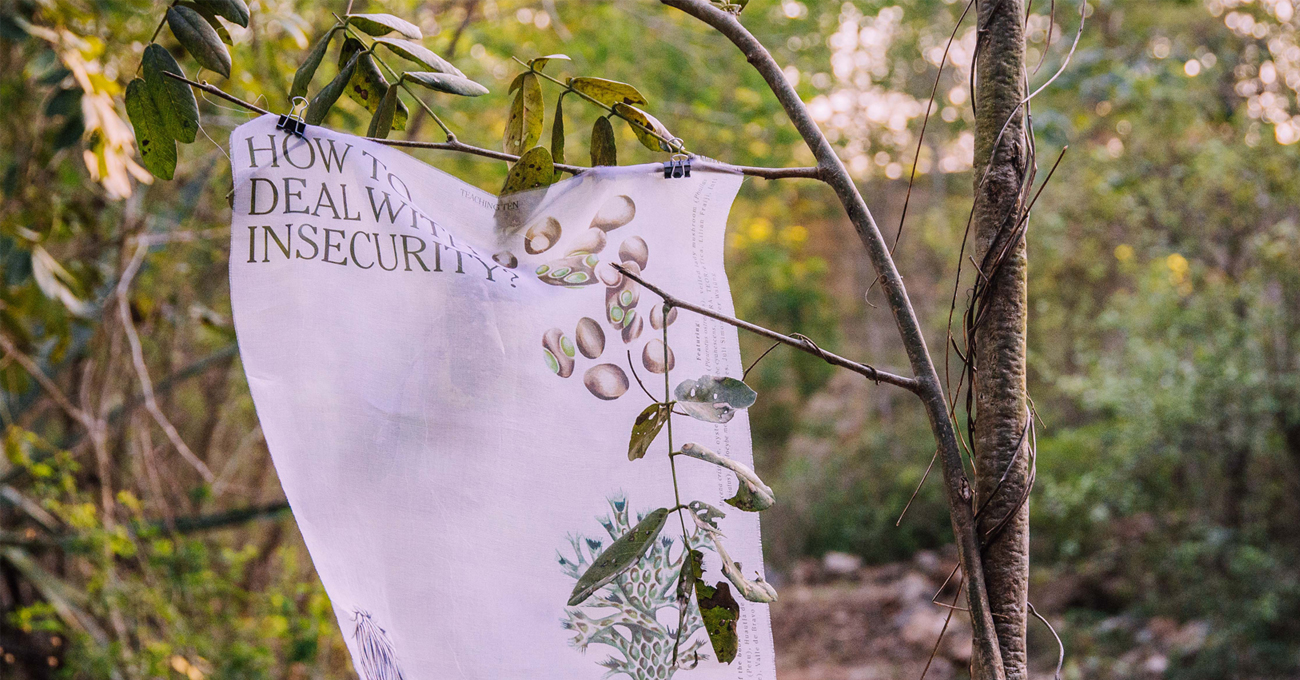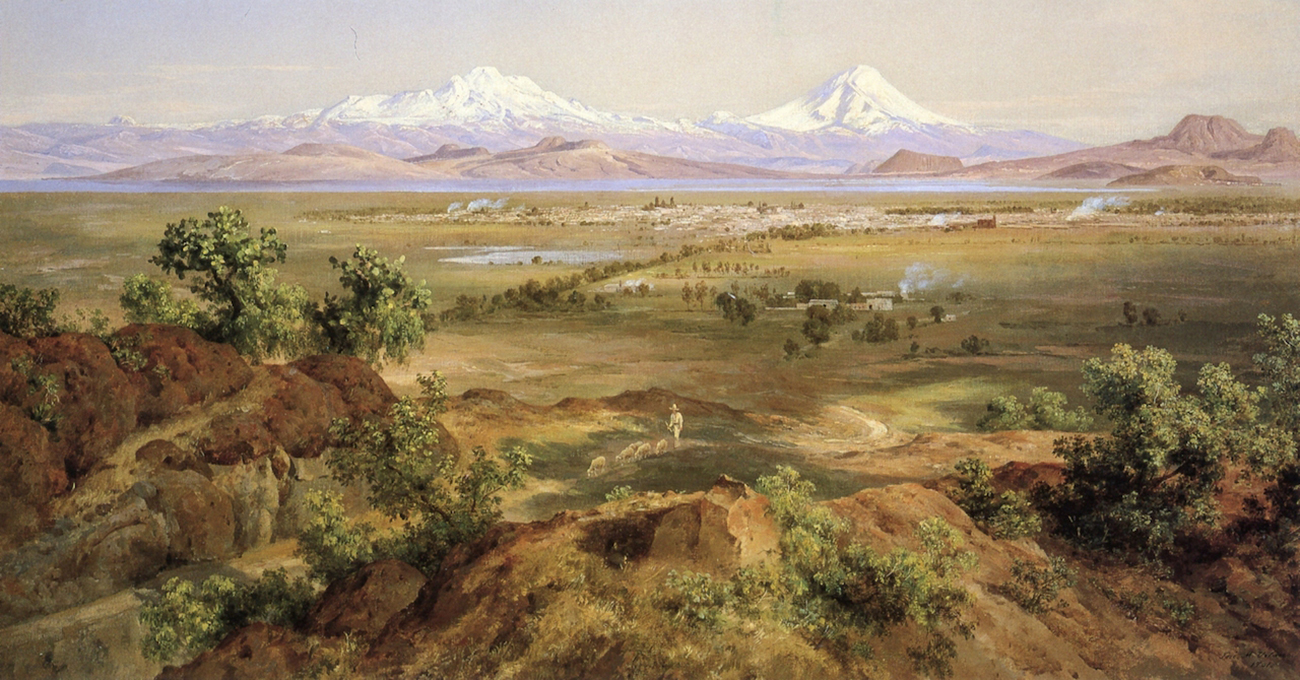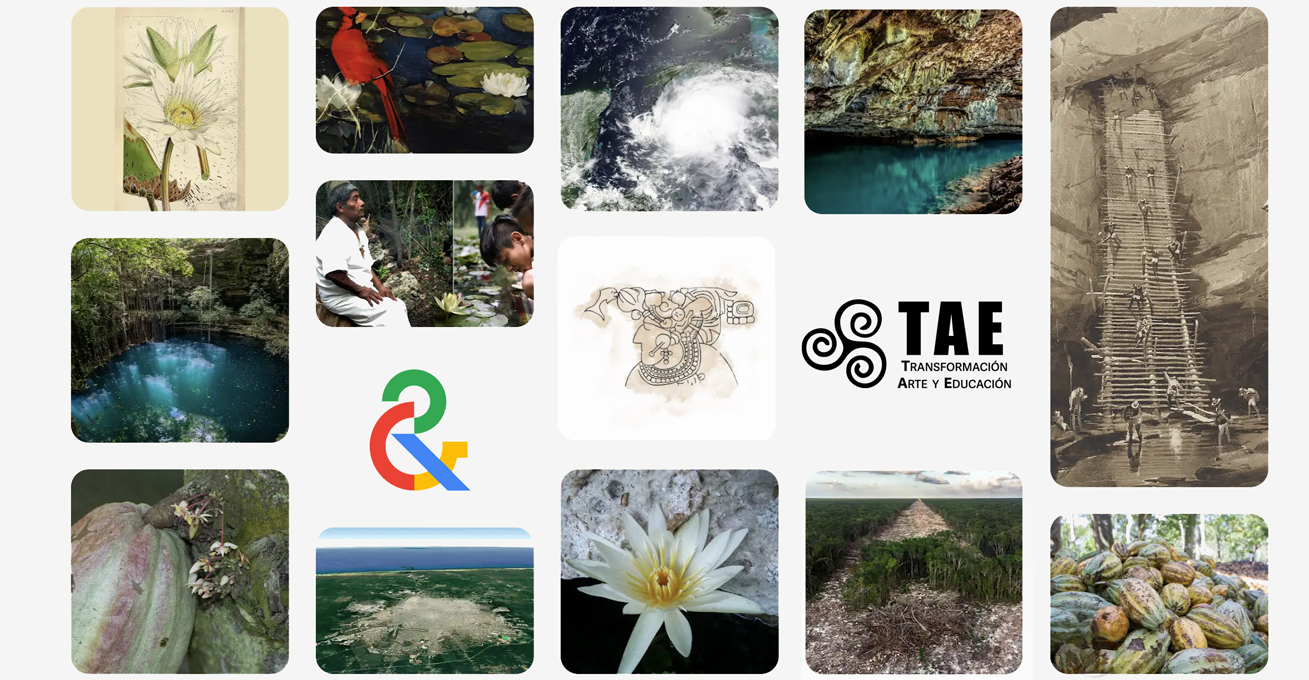
Transformación, Arte y Educación A.C. (TAE) has launched a collaboration with Google Arts & Culture with the goal of sharing—through a digital format accessible from anywhere in the world—stories and collections about Mexico’s biocultural heritage and natural environments, using compelling images and short but substantial narratives.
Through this alliance, four initial stories are released, combining art, culture, science, and territory: two of them address Mexico’s biocultural heritage (water lilies and cacao), while the other two center on the forests and aquifer of the Yucatán Peninsula. All stories are available in Spanish and English.
Stories
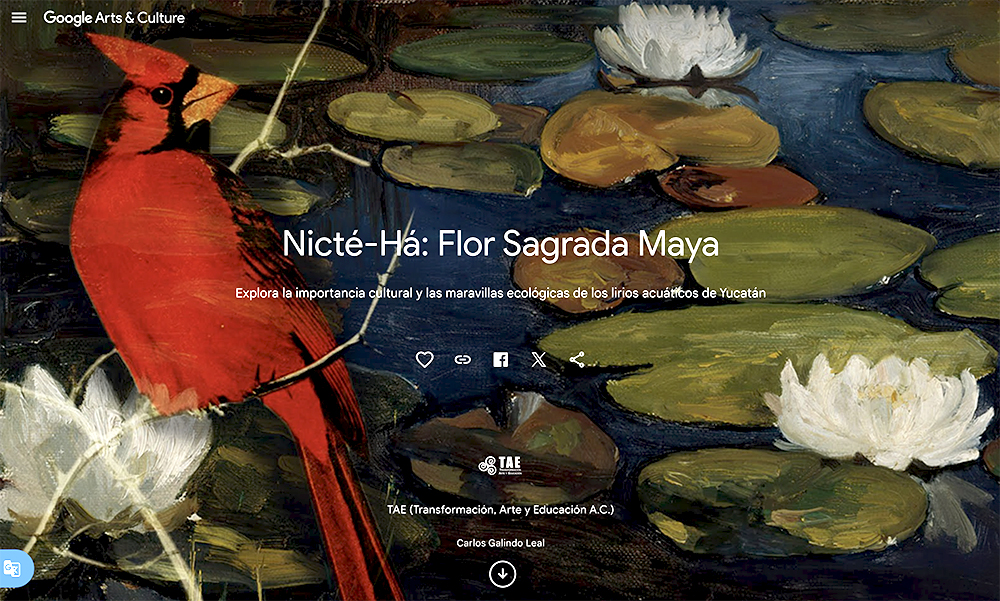
![]() Nicté-Há: Flor sagrada Maya
Nicté-Há: Flor sagrada Maya
This story focuses on the flower known as Nicté-Há from an interdisciplinary perspective: botany, ecology, Maya and Egyptian symbolism, and local ethnography.

![]() Cacao: cultivo ancestral, tradición y sabor
Cacao: cultivo ancestral, tradición y sabor
This exhibit approaches cacao not only as an economic crop, but also as Mexico’s cultural, biological, and symbolic heritage. It covers its pre-Hispanic history, its role in ecosystems—serving as habitat for biodiversity—as well as its contemporary relevance in producing communities.
The alliance between TAE and Google Arts & Culture represents a significant step in democratizing knowledge about heritage, nature, and culture in Mexico. Thanks to Google’s digital platform, these materials can reach global audiences, promoting education, environmental awareness, and appreciation of local ecosystems and knowledge.
Moreover, the selection of topics—emblematic flora, cacao, forest, and groundwater—highlights an integrated vision of heritage: not only artistic or architectural, but also biocultural and ecological. In doing so, it brings visibility to dimensions of heritage that often remain unseen. For educators, students, researchers, and the general public, these exhibitions offer visual, educational, and reflective resources: from wetland flora to the complexity of an aquifer system, including the culture of cacao and the Maya forest.
Some recommendations for use
- Explore the exhibits directly on the Google Arts & Culture platform to benefit from high-resolution images, narrative sequences, and interactive materials.
- Use these exhibits as a basis for educational projects in biology, geography, local history, or environmental education classes.
- Share them on social networks or in school settings to promote appreciation of Mexico’s natural–cultural heritage.
- Integrate reflective questions: How are flora or water connected to a community’s identity? What challenges does this richness face today? How can we make it visible and protect it?


